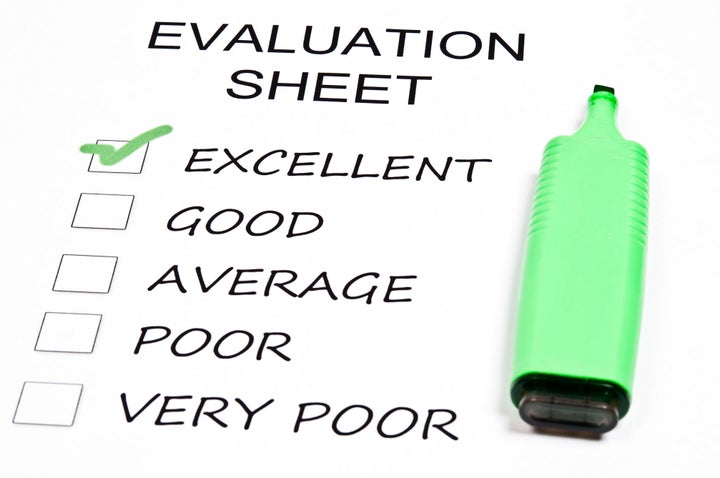
In time for Secretary of Education Arne Duncan's presentation of the Obama administration's reforms to teacher preparation programs last week, a new report offers comprehensive recommendations for how to develop and maintain teacher evaluation and support systems.
The National Board for Professional Teaching Standards' "Getting It Right" report, released Monday, notes that coming up with fair and effective ways of assessing teachers is key to student achievement.
The goals of the recommendations seek to create stronger and more consistent teacher practice, supportive learning environments, adult role models, teachers who can prepare students to succeed in a global society, educators who can meet children's individual needs and engage their families and those who can "deliver instruction with academic rigor."
"Although a single evaluation tool will not produce all of those benefits, the guiding principles here will result in systems that foster maximized teacher effectiveness and student performance," the report reads.
The National Board's recommendations for developing and sustaining teacher evaluation and support systems rely on four core steps:
- Developing an evaluation and support system -- By identifying and consulting stakeholders, determining what will be measured and defining the measuring and evaluation process.
Measurements included in the recommendations suggest ways to determine teachers' efficacy in stages of exemplary, proficient, adequate and ineffective practice.
"Getting It Right" also cautions against value-added analysis, noting that there are limitations given certain grades and subjects, and that those scores should only be one element among many in assessing teacher performance and effectiveness.
Value-added analysis calculates a teacher's effectiveness in improving student performance on standardized tests -- forecasting a student's future results -- based on past scores. The forecasted figure is compared to the student's actual scores, and the difference is considered the "value added" (or subtracted) by the teacher.
"The National Board invites policymakers and officials at the state and district levels to give careful consideration to this framework in determining how teachers will be evaluated and supported," the report reads. "This document is intended to bring clarity to the field. Although the details of an evaluation system must be worked out locally, the stages provide the framework to effectively guide the process."
The National Board's guidelines come amid nationwide debate on how to best evaluate and reward teachers -- and to what extent student performance in class and on tests should be taken into account. At least 26 states require teacher assessments that factor in student test results, and some states -- like New York -- have been slammed with lawsuits by teachers' unions over teacher evaluation regulations.
A recent report by Derek Neal, an economics professor at the University of Chicago, suggests ranking students by percentiles in standardized testing and to rate teachers in groups.
This summer, the National Education Association, the country's largest teachers' union, adopted for the first time new teacher evaluation guidelines that factor in student performance.
Student performance is key to the controversial teacher evaluation system in D.C. Public Schools that have pushed hundreds of teachers out of district schools as a result of low performance on annual assessments. Under the system called IMPACT and implemented by former DCPS Chancellor Michelle Rhee, teachers who receive low scores for two consecutive years face dismissal, while those with high performance can earn up to $25,000 in one-time bonuses.
On the West Coast, Los Angeles is entertaining a new evaluation system that utilizes classroom observations and student and parent feedback on top of students' standardized test scores.
New Jersey launched a pilot program last month that will evaluate teachers by equally weighing a student's academic and classroom performance. The New Jersey Department of Education aims to have the new evaluation system in schools statewide by next fall. Also last month, 34 teachers from New Haven, Conn. were forced out of the system for poor performance on the district's assessments, which measure teachers based on classroom observations and student goals based mostly on growth on test scores.